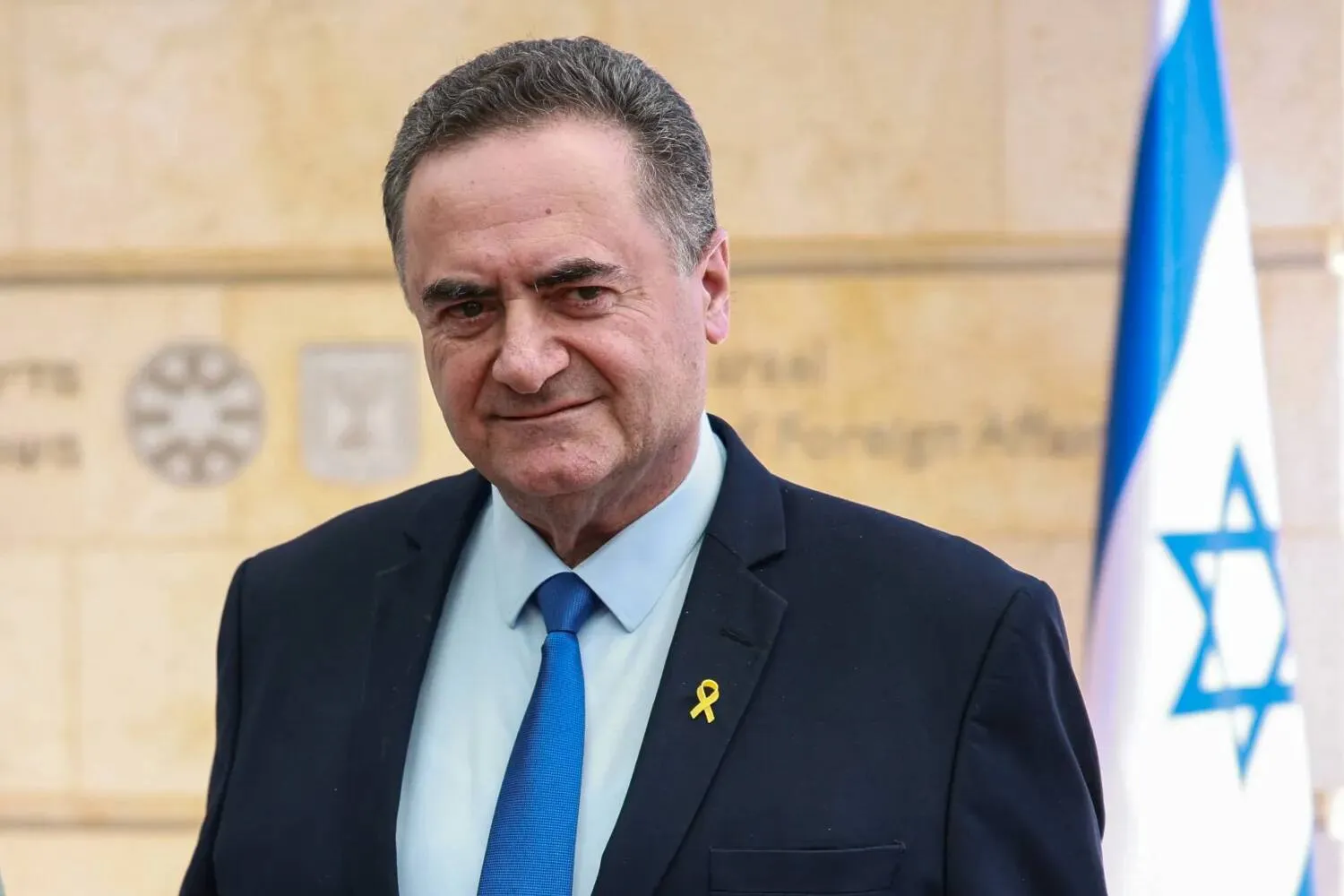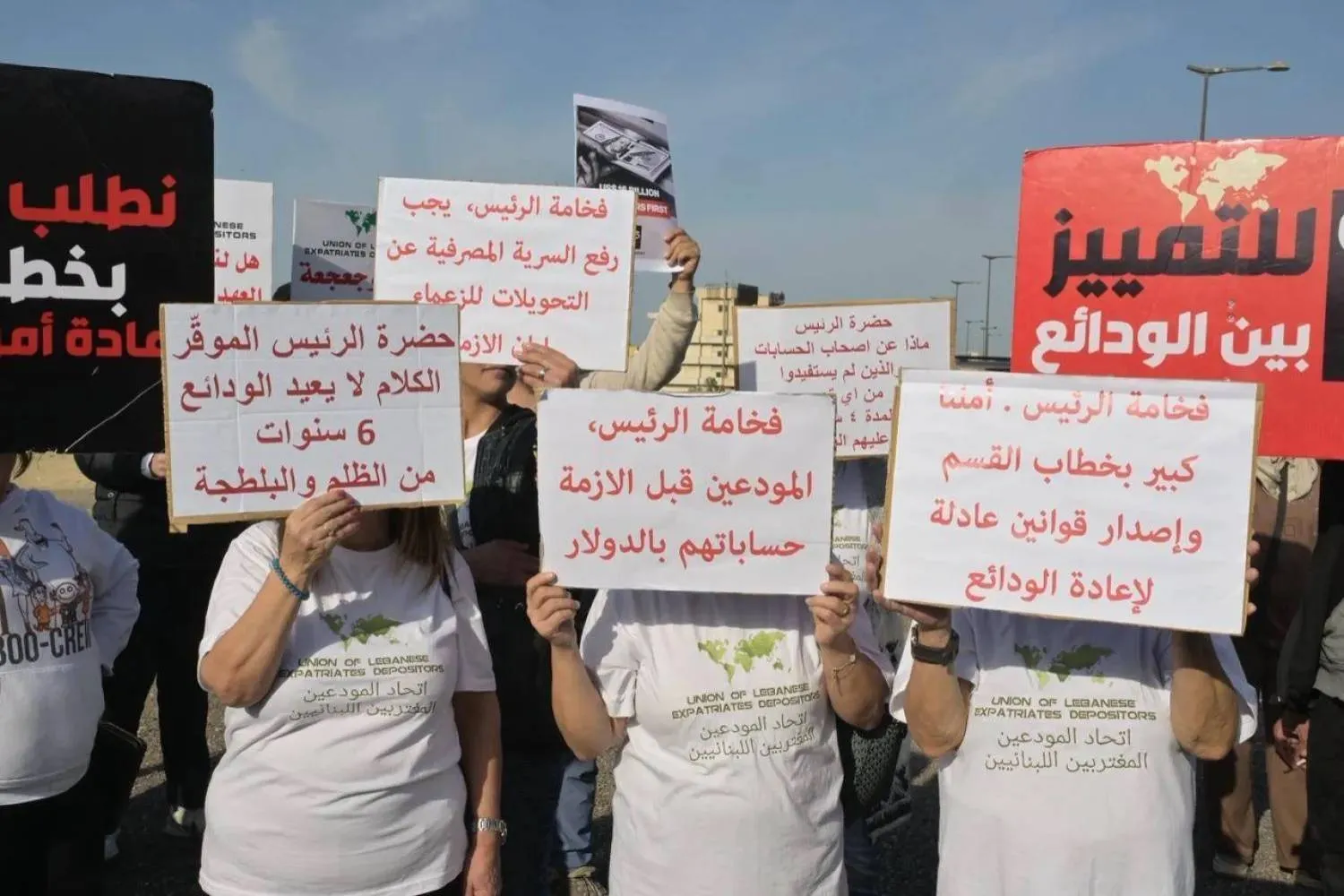Lebanon’s Iran-backed Hezbollah group faces Israeli air superiority and technological capabilities by going underground. The group has built a massive and complex network of tunnels in the South, the southern suburbs of Beirut, and the Bekaa regions.
The ongoing clashes between Hezbollah and the Israeli army on the southern Lebanese border, which erupted in October, has brought back the spotlight on these tunnels, which have been shown to be divided into 3 types.
The first are defensive tunnels that allow the party’s fighters to take shelter from aircraft raids. The second are offensive tunnels that the Israeli army said it destroyed in 2019, and the third group consists of small tunnels to hide rocket launchers and which appeared in one of the video clips broadcast by Hezbollah’s military media last month.
According to Israeli reports, Hezbollah started digging tunnels in the 1980s and 1990s, but those remained far from the border with Israel. However, in 2006, the Israeli media showed a tunnel that the Israeli army discovered during the July war inside Lebanese territory, and quoted officials as saying that the party’s construction of cross-border tunnels began before the start of the Second Lebanon War in 2006.
Concerned about tunnels extending into Israeli territory, Israeli authorities launched a campaign in 2018 to destroy this infrastructure, and announced in 2019, the end of its operation to raze all of Hezbollah’s cross-border attack tunnels.
The last tunnel that Israel destroyed stretched along 800 meters. The Israeli army said the tunnel extended over dozens of meters into Israel, and was dug to a depth of 55 meters, making it the deepest tunnel discovered by the army. The tunnel was equipped with electricity, had a railway to transport equipment and waste, exit stairs and other elements that made it more advanced than other passageways that were uncovered.
In 2020, the Israeli Ministry of Foreign Affairs, with the participation of the Israeli army, organized a field tour for 12 diplomats from UN Security Council member states, to show them the tunnel on the northern border with Lebanon.
Since the eruption of war on Oct. 8, Lebanese sources have confirmed that the Israeli army used bunker-piercing bombs to destroy tunnels suspected of being built by the party in the border area.
A report issued by the Alma-Israel Research Center said that after the 2006 Lebanon War, the party established a defensive plan to confront any possible Israeli invasion, with dozens of operations centers equipped with local underground networks and tunnels.
In addition to the previous two types of tunnels, Hezbollah media revealed a third category. Last month, the party’s media presented a report on the party’s artillery and weapons, and one of the clips showed a rocket launcher rising from the ground and launching a missile, indicating that the party hides these platforms underground.









